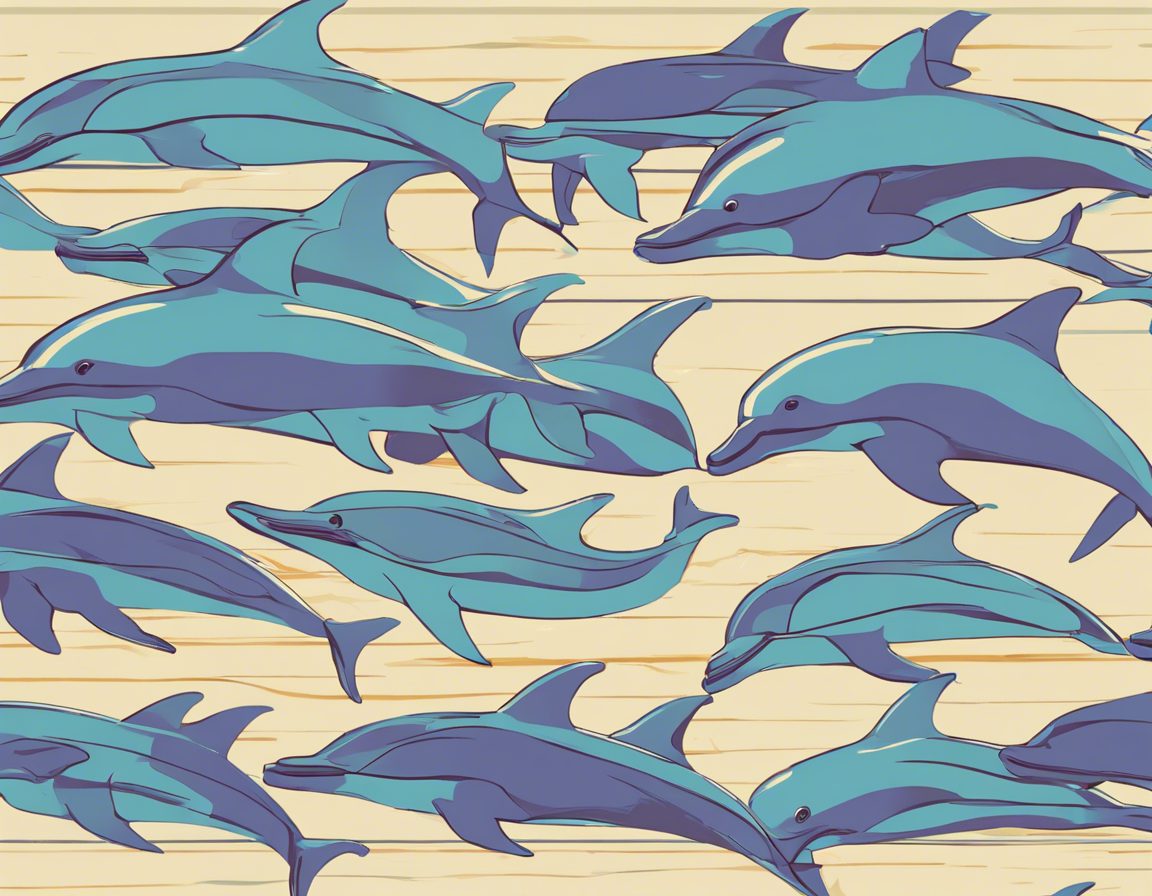Exploring the Fascinating Nse Dolphin Species


Nse dolphins, a remarkable species living in the coastal waters of the eastern Atlantic Ocean, are a subject of fascination for marine biologists and conservationists. These intelligent creatures, also known as Sousa teuszii, are part of the family Delphinidae and are closely related to bottlenose dolphins. In this article, we will delve into the world of Nse dolphins, exploring their characteristics, habitat, behavior, conservation status, and the efforts being made to protect these magnificent animals.
Characteristics of Nse Dolphins
Nse dolphins are easily recognizable by their distinctive features. They have a sleek and robust body, with a long beak and a rounded melon on their forehead. Their coloration ranges from light gray to light brown on their backs, fading to a lighter shade on their bellies. Adult Nse dolphins can grow to be around 2.5 meters in length and weigh up to 200 kilograms, with females being slightly smaller than males.
Habitat and Distribution
Nse dolphins are primarily found along the coast of West Africa, from Mauritania to Angola. They prefer shallow coastal waters, estuaries, and lagoons, where they feed on a variety of fish, squid, and crustaceans. These dolphins are known for their acrobatic displays, often leaping out of the water and riding the bow waves of boats.
Behavior and Social Structure
Nse dolphins are highly social animals and are often seen in small groups, typically ranging from 2 to 15 individuals. These groups are led by a dominant male, who is responsible for protecting the group and guiding them in their search for food. Nse dolphins are known for their playful behavior, often engaging in activities such as surfing, breaching, and spy-hopping.
Threats to Nse Dolphins
Despite their adaptability, Nse dolphins face several threats to their survival. Habitat loss, pollution, bycatch in fishing nets, and boat traffic are some of the major challenges that these dolphins encounter. In some areas, they are also targeted by hunters for their meat and oil, further endangering their populations.
Conservation Efforts
Efforts are being made to protect Nse dolphins and their habitats. Conservation organizations are working to raise awareness about the importance of these animals and the need to conserve their coastal habitats. Researchers are also studying their behavior and migration patterns to better understand how to safeguard their populations.
Frequently Asked Questions (FAQs) about Nse Dolphins
1. What is the conservation status of Nse dolphins?
– Nse dolphins are classified as “Data Deficient” by the International Union for Conservation of Nature (IUCN), due to a lack of sufficient data on their populations. However, their numbers are believed to be declining.
2. How do Nse dolphins communicate with each other?
– Nse dolphins use a combination of whistles, clicks, and body language to communicate with each other. They have a sophisticated system of vocalizations that helps them coordinate their hunting and social interactions.
3. What is the lifespan of Nse dolphins in the wild?
– Nse dolphins have a lifespan of around 40-50 years in the wild, though this can vary depending on factors such as food availability, predation, and human activities.
4. Can Nse dolphins be kept in captivity?
– While Nse dolphins have been kept in captivity in the past, there is a growing awareness of the ethical concerns surrounding captivity. Conservationists advocate for the protection of these animals in their natural habitats.
5. How can individuals help protect Nse dolphins?
– Individuals can support conservation efforts by raising awareness about the threats facing Nse dolphins, reducing plastic pollution, supporting sustainable fishing practices, and avoiding activities that disturb coastal habitats.
In conclusion, Nse dolphins are an intriguing species that play a vital role in marine ecosystems. By understanding their behavior, habitat requirements, and the challenges they face, we can work together to ensure the long-term survival of these magnificent creatures.
- 280
- 0

0 Comments